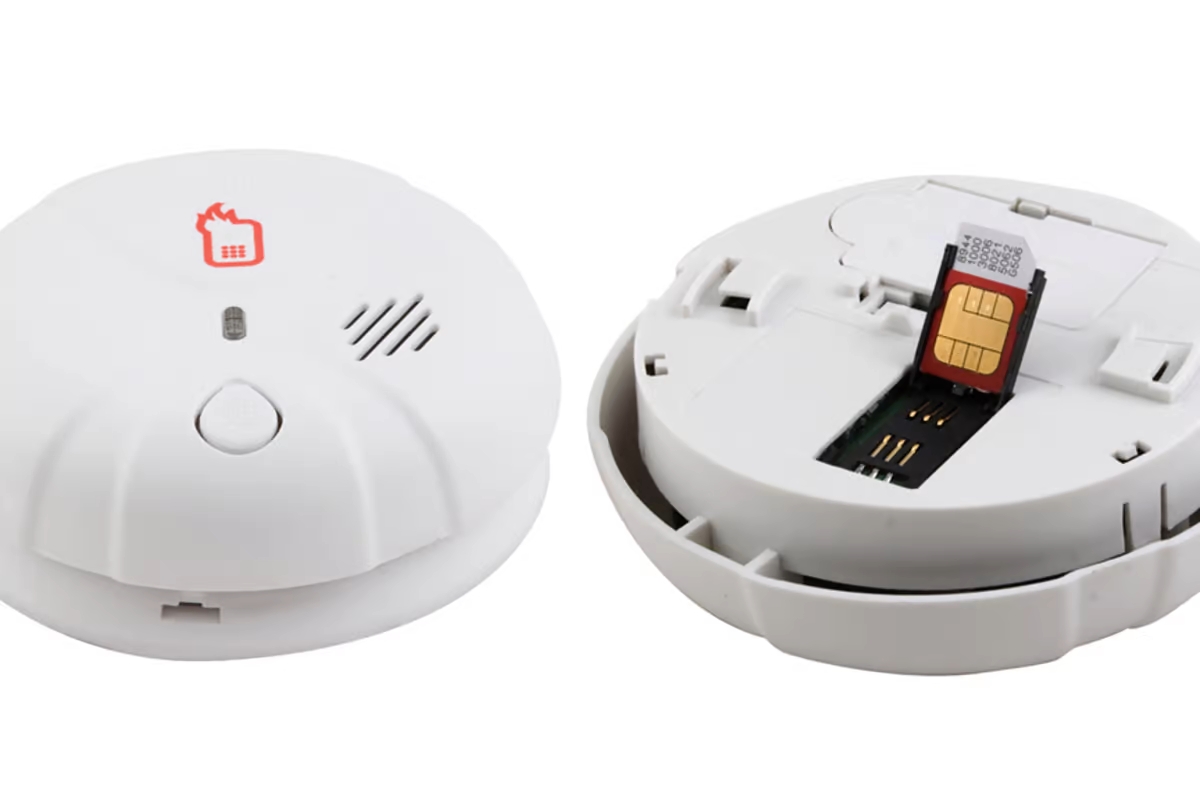There are presently several in-car systems that use small cameras and sensors to alert drivers to dangers on the road, or even in their own driving habits.
Some of these systems can be quite costly, and are therefore limited to use in fairly expensive automobiles. Now, however, a team of scientists from Germany’s Fraunhofer Institute for Reliability and Microintegration have developed a new type of sensory system, that’s cheap enough to produce that it could be used in economy vehicles.
The system was created by Fraunhofer in collaboration with Centro Ricerche Fiat and chip manufacturer STMicroelectronics, as part of the European Union-sponsored ADOSE project.
The device itself mounts between the inside of the windshield and the back of the rearview mirror. It consists of a small video camera, along with two light-detecting sensors equipped with Fresnel lenses, and an infrared LED. The system is able to distinguish between fog and darkness (which are optically very similar), as the infrared light emitted by the LED is scattered back by fog, but not by darkness.
One of the things that all such systems must do is to capture light signals from across the device’s field of view, and relay that information to the camera chip for processing. Because the middle of the chip is already assigned to recording the video image from the camera, the light signals (such as the reflected-back infrared rays) must be routed to its four corners. This is typically done using fiber optic cables, which can be costly in and of themselves, and difficult to install within the device.









